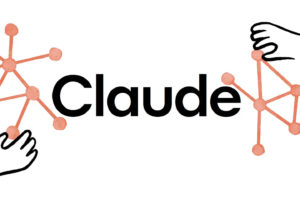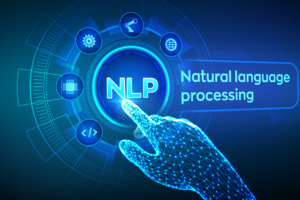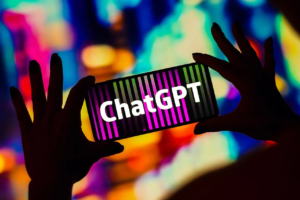Large Language Models (LLMs) are a breakthrough in the field of Artificial Intelligence (AI). These models are designed to process and understand human language, and they have the potential to revolutionize the way we interact with machines. In this article, we will explore what LLMs are, and give both a developer and non-developer overview.
As the demand for Natural Language Processing (NLP) applications continues to grow, researchers are turning to Large Language Models (LLMs) to meet this demand. LLMs are capable of understanding and generating human-like text, making them an essential tool for language-related tasks.
Related: In the Age of AI: A Beginners Introduction to Artificial Intelligence
LLM: Non-Developer Explanation
Large Language Models (LLMs) are a type of Artificial Intelligence (AI) that are designed to process and understand human language. These models use complex algorithms and training data to generate human-like text, making them a valuable tool for a variety of applications, such as language translation, content creation, and chatbots.
LLMs are used in a variety of applications, such as chatbots, content creation, and language translation. They are also used in the development of virtual assistants, such as ChatGPT, Siri, and Alexa, to improve their ability to understand and respond to human language.
LLM: Developer Explanation
Large Language Models (LLMs) are built using deep learning techniques, which involve training the model on vast amounts of text data. This training data is used to develop a language model that can generate text based on the context of a given input. The model consists of a large number of parameters that are adjusted during the training process to improve its performance.

LLMs are built using transformer architectures, which allow the model to take into account the entire context of the input when generating text. These models are trained on massive datasets, such as Wikipedia and Common Crawl, which contain billions of words. This training data allows the model to learn the intricacies of human language and generate responses that are highly accurate and natural-sounding.
LLMs are used in a variety of NLP applications, such as sentiment analysis, language translation, and content creation. They have the potential to revolutionize the way we interact with machines, allowing us to communicate with them in a more natural and intuitive way.
Related: Top AI-Driven Search Engines Giving Google a Run for Its Money
Examples of LLMsExamples
Here are some examples of Large Language Models (LLMs):
- OpenAI’s GPT (Generative Pre-trained Transformer) – one of the most popular LLMs, capable of generating human-like text based on a given input.
- Google’s BERT (Bidirectional Encoder Representations from Transformers) – a transformer-based LLM that is pre-trained on vast amounts of text data and can perform a variety of NLP tasks, such as sentiment analysis and question-answering.
- Microsoft’s T5 (Text-to-Text Transfer Transformer) – an LLM that can be fine-tuned for a variety of NLP tasks, such as language translation and text summarization.
- Hugging Face’s Transformers – an open-source library of transformer-based LLMs that can be used for a variety of NLP tasks, such as text classification and language generation.
- Facebook’s RoBERTa (Robustly Optimized BERT Pretraining Approach) – An LLM that is based on BERT but has been optimized for performance on a variety of NLP tasks, such as natural language inference and text classification.
- Google’s GShard – an LLM that has been designed to scale to massive amounts of data and can be used for a variety of NLP tasks, such as language modeling and machine translation.
- EleutherAI’s GPT-Neo – An open-source LLM designed to be more accessible than other LLMs and can be used for a variety of NLP tasks, such as text classification and sentiment analysis.
Related: Top 10 Tools for Transcribing Audio Files to Text
LLMs are becoming increasingly popular in the field of NLP, and there are many other examples beyond the ones listed above. These models have the potential to revolutionize the way we interact with machines and improve the accuracy of language-related applications.
Conclusion
Large Language Models (LLMs) are powerful tools in the field of Artificial Intelligence (AI) that are capable of understanding and generating human-like text. We do hope you have learned something from this article, you can show some love by leaving us a comment and a subscription.












